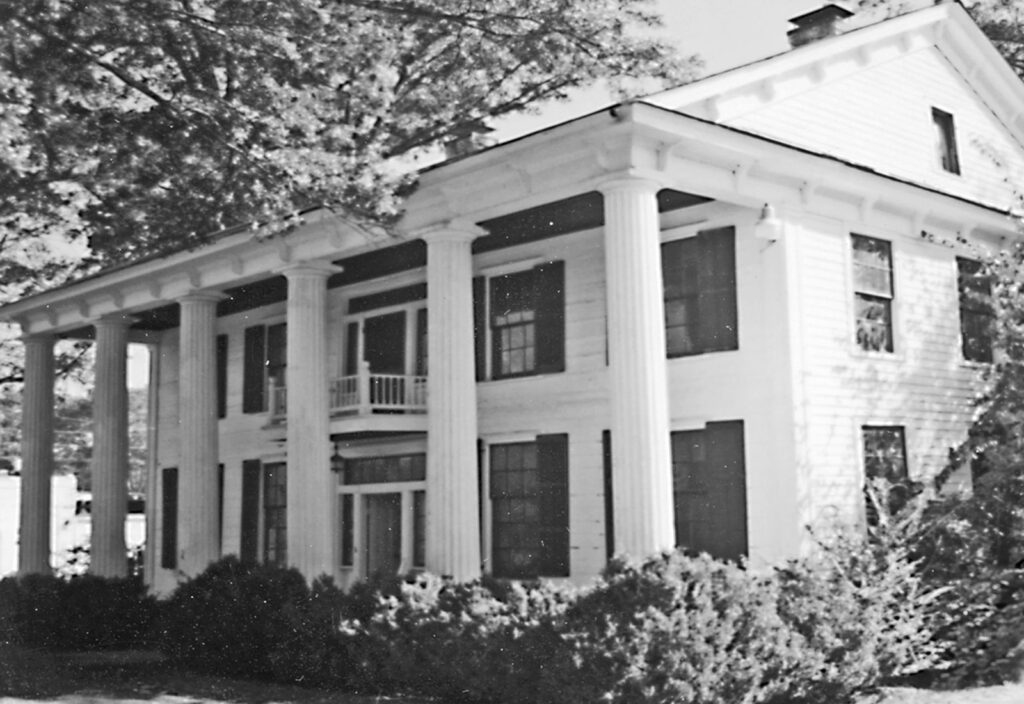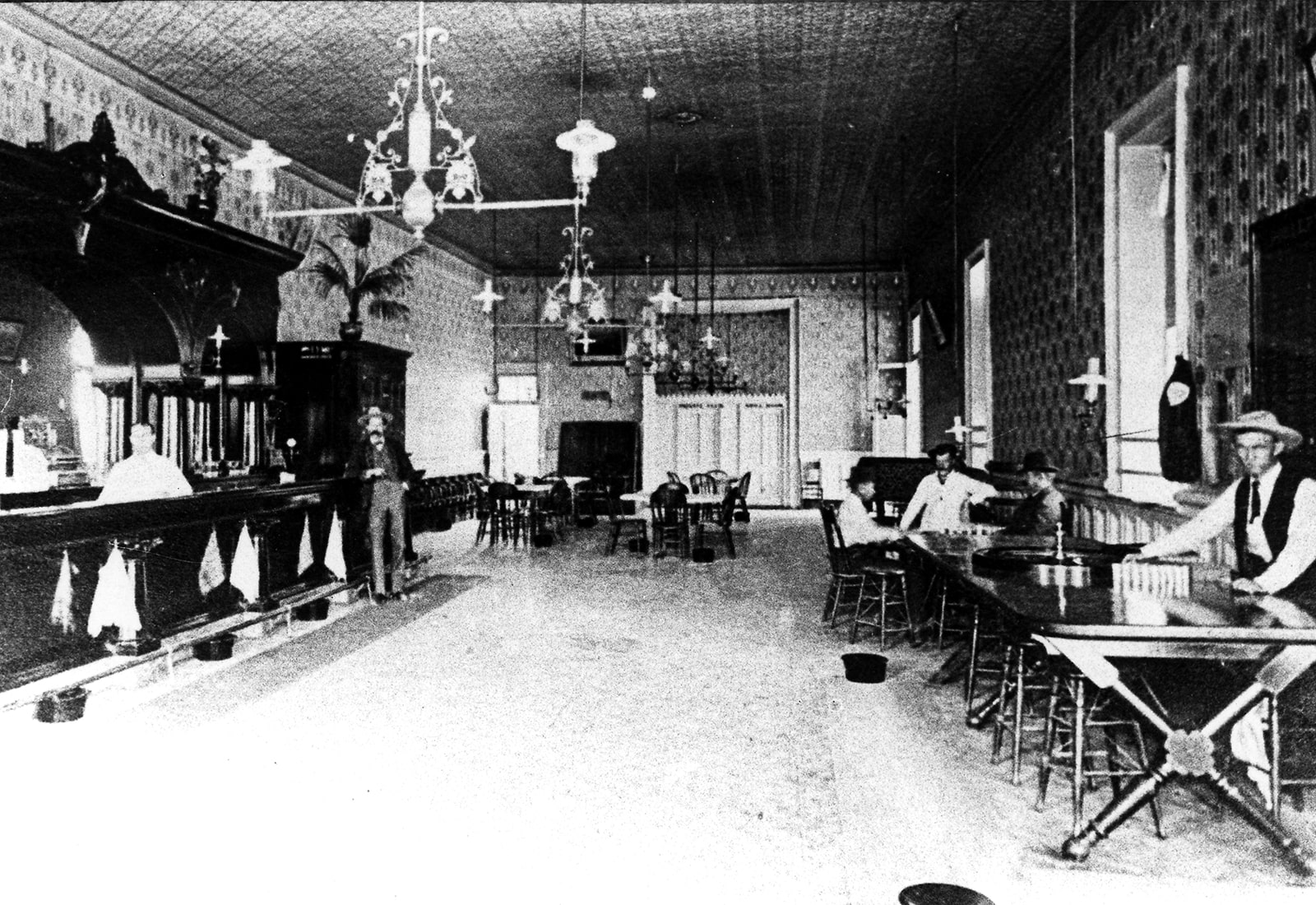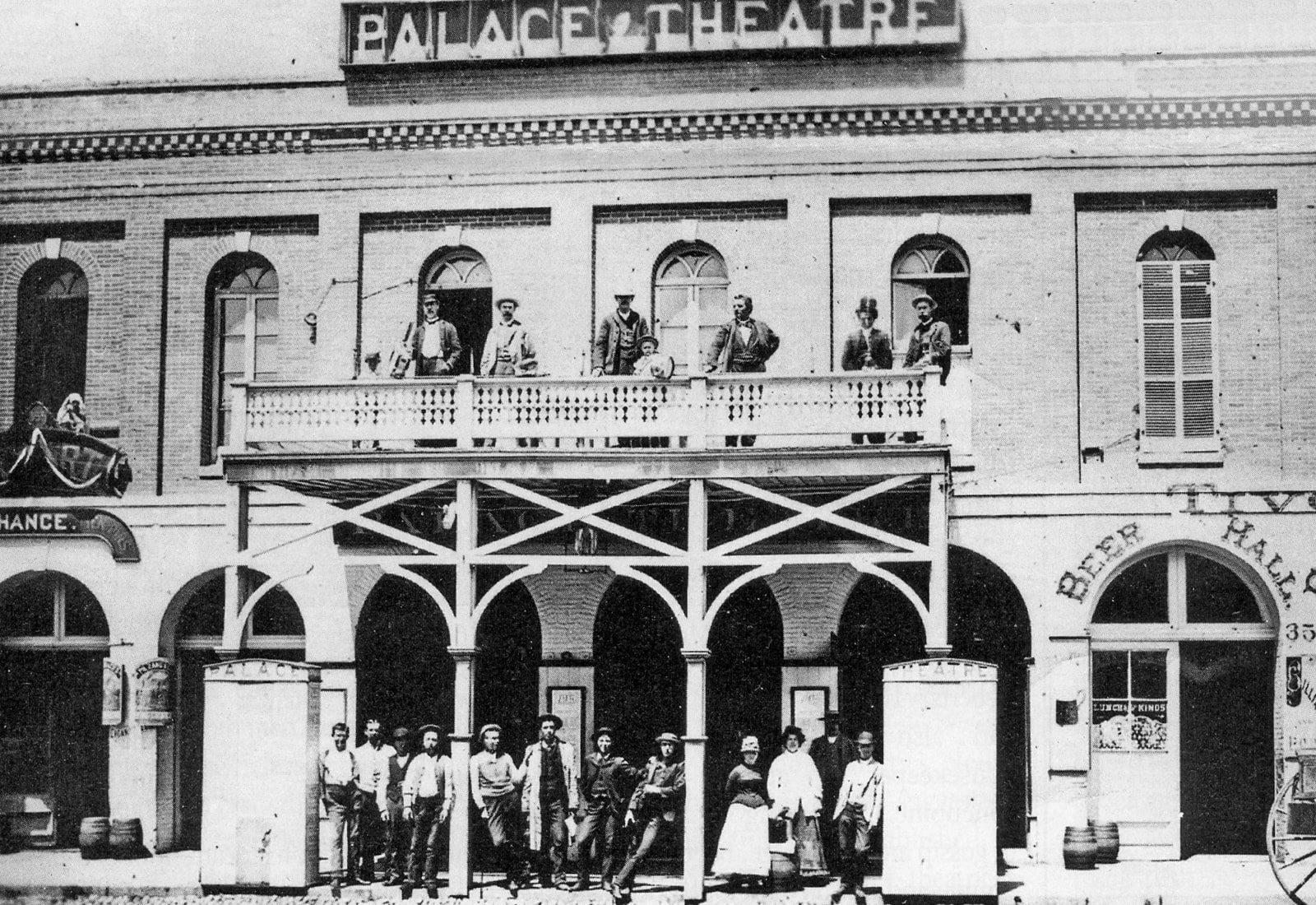As of this writing (2022), John Henry “Doc” Holliday has been dead for almost 135 years, but his legend today is more profoundly and widely-known than ever before. He was born in Griffin, Georgia, and spent a fair amount of time in the Atlanta area, visiting with his uncle’s family and later practicing dentistry.
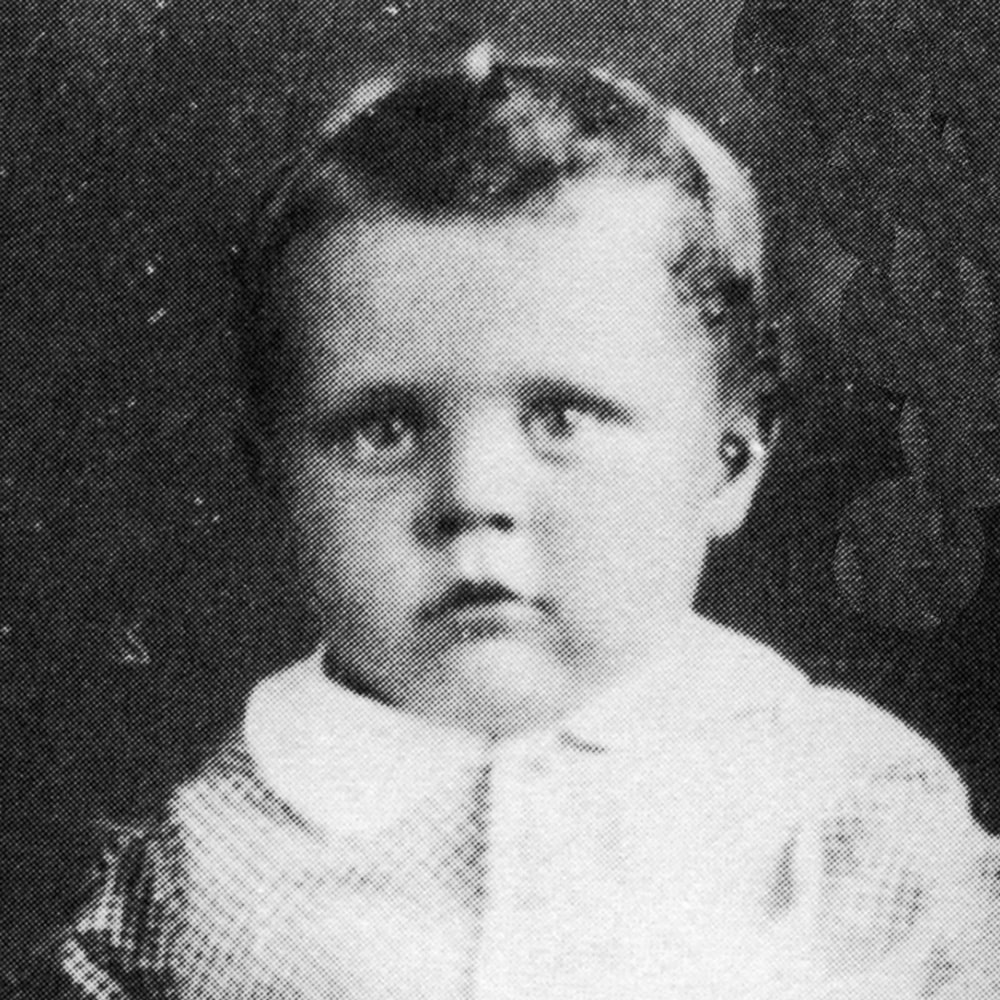
Many Southerners have often claimed that historians – particularly historians from the North – were little more than myth-makers when it came to documenting “factual” information about the South. Invariably, these “Northern” historians – rather than sticking to writing about the history of their own region – choose instead to “document” Southern history, where, instead of sticking to the facts, they all-too-often write from a jaundiced perspective, “creating” and re-writing Southern history.
In fairness, even though Northern writers and documentarians all too frequently write inaccurately about Southern history, Southerners, while not re-writers of their own history, nevertheless invariably choose to embellish that history. When the two forces are combined, a myth of epic proportions is quite often the end product.
Victoria Wilcox, one-time chairwoman of the Holliday-Dorsey-Fife House Association of Fayetteville, Georgia, once asserted that the “Doc” Holliday of Western lore is in many ways just such a myth.
“I don’t think John Henry (Doc) ever wanted to be a gunfighter,” Wilcox asserted in an interview. “I believe what he really wanted was the kind of (refined) life his uncle lived right here in Fayetteville. He was even named after his uncle – Dr. Holliday – who was a medical doctor.”
The “Atlanta” Hollidays
Doc’s uncle was Dr. John Stiles Holliday, a Fayetteville physician. “John Stiles was the first of the Holliday family to obtain a college degree. John Henry was the second,” Ms. Wilcox added, as she quickly ticked off facts about the famed gambler/gunman. Over the years, Wilcox stockpiled a wealth of information about the Hollidays, growing to be known as an authority on the subject.
“The Holliday House is the ‘most intact’ ante-bellum home in all of metro-Atlanta,” Wilcox noted proudly. “What I mean by intact is that when you walk in, you stand on the original Georgia heart-pine floors that have been there since the house was first built. Very little has been altered in the home since Dr. Holliday first lived here. Plumbing wasn’t even added until the 1940s.”
The Holliday home, as it exists today, has been around since 1855, but the original structure was probably built even earlier than that, perhaps as early as 1846 when John Stiles Holliday first purchased the property.
“In the vernacular, the original dwelling would have been considered an ‘I-frame home,’” explained Wilcox. “A formal entry flanked by two rooms, one on each side with a stairway leading to two more rooms upstairs.”
Prior to moving in with his family, Dr. John Stiles Holliday remodeled the house. Without aid of an architect, he added six massive Greek columns to the front verandah. He also added four more rooms to the rear of the home, making a total of four rooms downstairs and four upstairs. And nearby, he cultivated a vegetable garden and a small orchard to provide some of the family’s foods.
Famous Connections
The old home has other interesting roots beyond that of the Holliday family. Prior to occupation of the home by his family, Dr. Holliday agreed to allow students at the new Fayetteville Academy to use the then-new home as a boarding house. The Hollidays therefore did not actually take up residence in the home until 1857.
Annie Fitzgerald, the grandmother of Margaret Mitchell, famed author of the international best-selling novel Gone With The Wind, attended Fayetteville Academy as a young girl. As a result of this family experience, Mitchell would later send her Gone With The Wind heroine, “Scarlett O’Hara,” to the “Fayetteville Girl’s Academy,” modeled after Fayetteville Academy in Mitchell’s imagination.
The esteemed author’s writings in association with her family experiences did not stop with Scarlett either. Her cousin from the Fitzgerald clan – Martha Anne “Mattie” Holliday – was the prototype for Mitchell’s character of “Melanie” in the famed novel.
Mattie spent her childhood in Fayetteville and nearby Jonesboro. The Hollidays were a close-knit Irish clan, and family gatherings at the Holliday home were common.
It was during these and other such gatherings that a strong bond between young Mattie and John Henry (Doc) Holliday was established – a relationship about which there has been much speculation and romantic intrigue over the ensuing century.
“Doc” Holliday’s Cousin Mattie
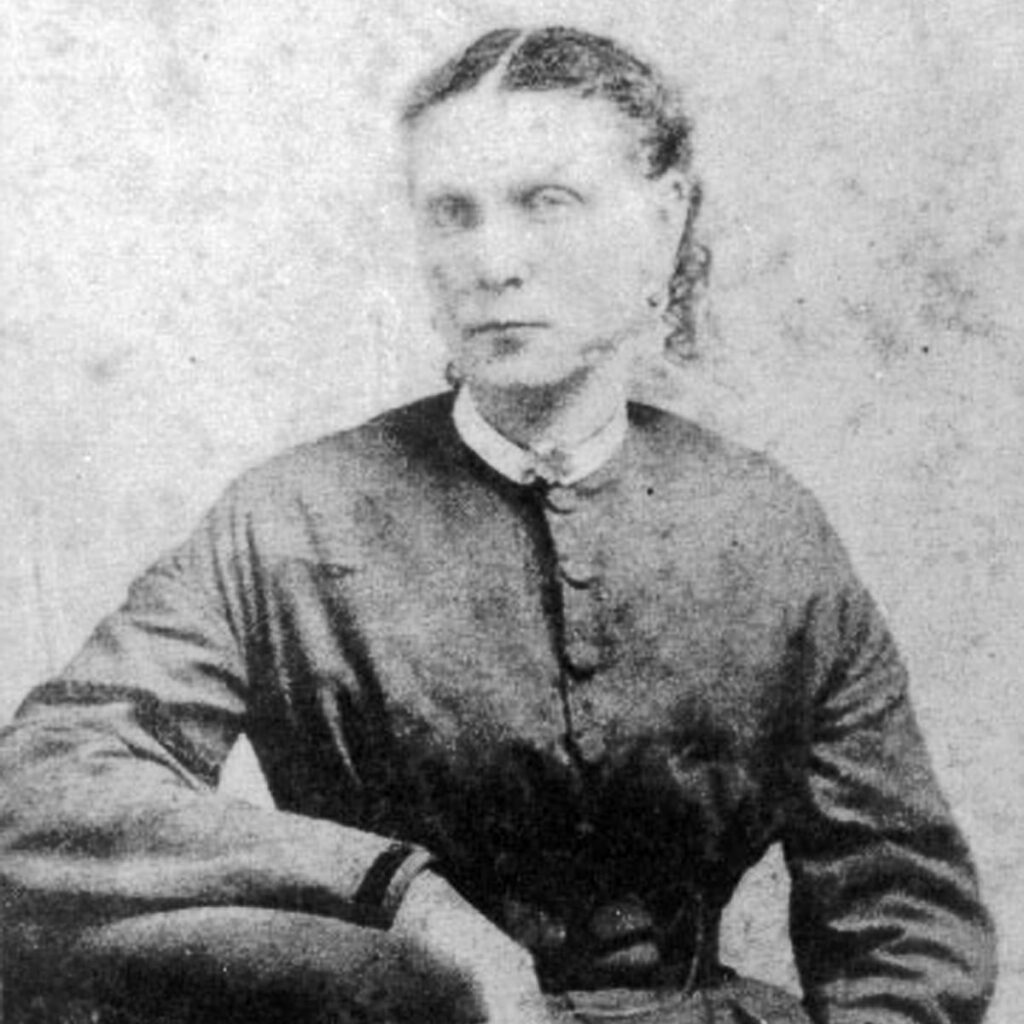
Only twenty months older than Doc, Mattie Holliday was his playmate and companion during assemblies at the Holliday house in Fayetteville. The secrets the two shared as children formed the basis of an intimacy that lasted throughout their lives. The depth and breadth of this relationship and its exact details are not known today, and perhaps have been lost to posterity, but the subject nevertheless has been fodder for much myth-making over the years.
In the 1993 major motion picture Tombstone, starring Kurt Russell and Val Kilmer, a mythical Doc confesses to Wyatt Earp that an affair with a cousin caused her to enter a convent and him to leave his home in disgrace. This, quite possibly, is a somewhat accurate portrayal of the actual circumstances.
Cousin Mattie, born December 14, 1849, was raised a Catholic, and became a nun at the age of 34. She took the name “Melanie” in honor of Saint Melaine, who, after marrying a kinsman, sought a life of complete devotion to God. Did Mattie take the name Melanie because she was in love with her own cousin, Doc?
“Family members in the past have been reluctant to admit that any such relationship actually existed between John Henry and Mattie,” confessed Wilcox, “but the myth that he left Georgia simply because of poor health is questionable. John Henry supposedly left Georgia for a higher and dryer climate to combat the tuberculosis with which he had been diagnosed, but he traveled to Dallas, Texas, which is actually a lower elevation, geographically, than even Atlanta, and is almost as humid.
“In all likelihood, the Doc-Mattie relationship probably did in fact play a role in his decision to leave Georgia,” Wilcox added. “After all, many people with advanced cases of tuberculosis such as was suffered by Doc were going to Florida for treatment in those days.” In fairness, many travel decisions made by Holliday the last ten or fifteen years of his life were not logical ones, and seem to have been little more than aimless wandering in search of adventure and yet another

